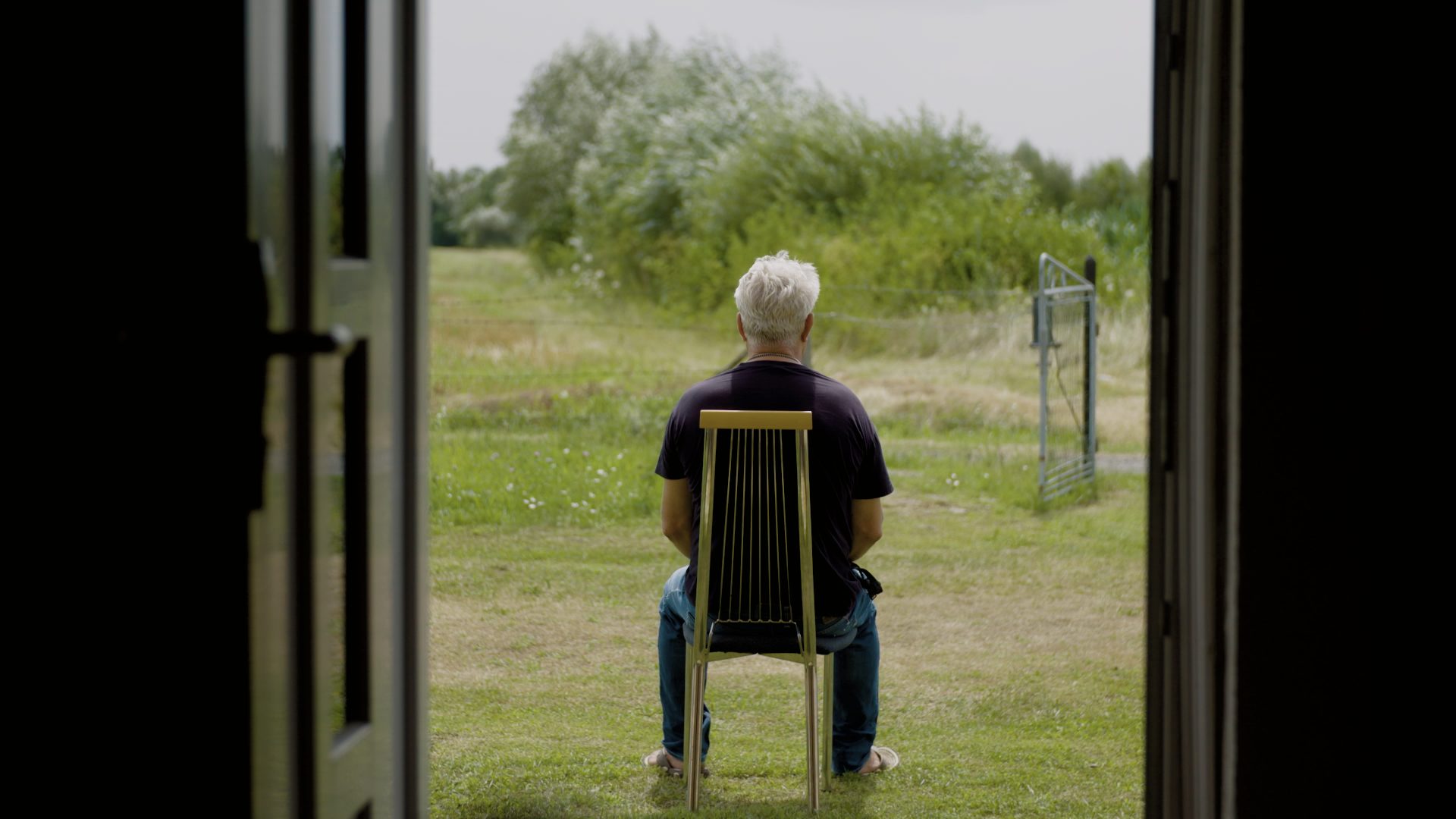This post is also available in: Bosnian
Milusa and Svetozar Mijanovic lived in Hrasno, Sarajevo until June 10, 1992, when they were taken away in an unknown direction, their son Dragan explains. Dragan says that on that same day, several other people who lived on the same street were taken away as well.
“As far as I know all of them were killed and buried in the part of the town above the Zeljeznicar football club stadium. I found out that their remains were then allegedly transferred to another location, the city dump in fact,” Mijanovic said.
Bosnia’s Institute for the Missing Persons, INO, says that they searched a number of locations several times, including the city dump, in cooperation with the Office for Missing Persons of Republika Srpska, RS, but the remains have not been found.
Data available to Bosnia’s INO suggest that the Mijanovic couple went missing on June 12, 1992.
In the years that followed their disappearance, Dragan Mijanovic contacted the Commission for the Missing Persons of RS and International Committee of Red Cross, ICRC, but, he said, he has not received any concrete information about the day his parents went missing.
“I personally undertook some actions in order to find my parents. I contacted some people, acquaintances, neighbours and friends, who, of course, either did not know anything or did not dare to say anything to me,” Dragan says.
He said that he did not want to know who had taken his parents away or killed them, but he would like to find their remains and bury them properly.
“I have received information from some people about the perpetrators of this crime, but I have got no evidence, so there is no point in me mentioning their names.
“Once again, I would like to say that I am not interested in them, as I am not looking for revenge, but I am asking neighbours to give any information they have to competent institutions, so I can find and bury my parents,” Mijanovic said.
The fate of Milusa and Svetozar Mijanovic remains unknown, much like the fate of about 10,000 other individuals who disappeared during the war and still haven’t been found.
Data available to the Research and Documentation Center, IDC, suggest that more than 14,000 people were killed or went missing in the Sarajevo area during the course of the four-year long war, most of them in 1992.
N.K.
———————————————————————————————–
This article is made possible by the support of the American People through the United States Agency for International Development (USAID.) The contents of this article are the sole responsibility of Balkan investigative reporting network (BIRN) and do not necessarily reflect the views of USAID or the United States Government.

